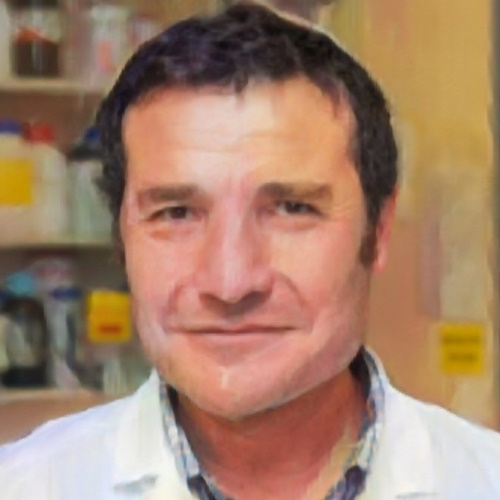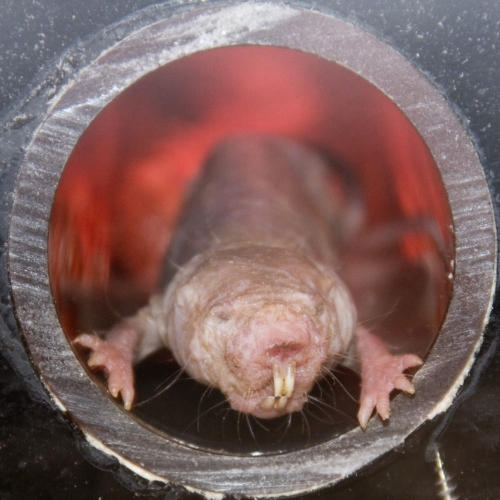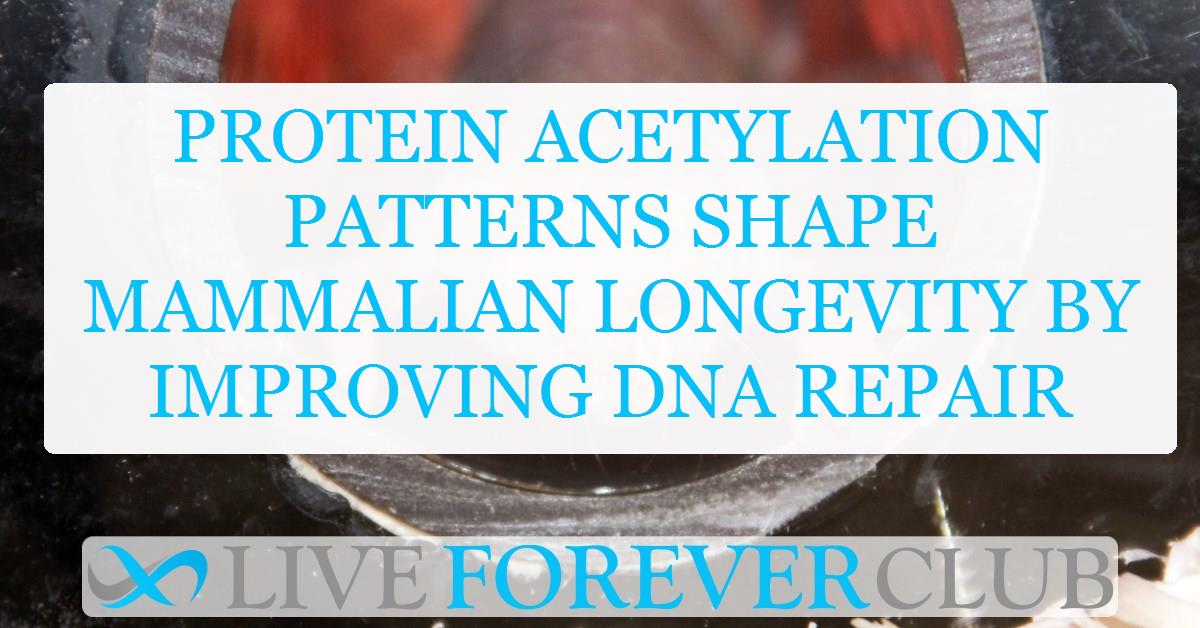For centuries, humans have been fascinated by the idea of extending life. Although medical science has made incredible strides, the mysteries of ageing still leave many questions unanswered. Recent years have shifted focus towards cellular mechanisms that influence lifespan at a fundamental level. Among these, post-translational modifications of proteins have emerged as critical players.
One such modification, acetylation, might hold the secrets behind the extraordinary longevity observed in some mammals. A groundbreaking study now brings attention to how conserved acetylation patterns contribute to lifespan extension, uncovering new pathways toward understanding healthy ageing.
Exploring the Role of Acetylation in Lifespan Extension
Post-translational modifications involve the chemical alteration of proteins after they are made. Acetylation, the attachment of an acetyl group to a lysine residue, can significantly influence a protein's behavior, stability, and interactions. Despite years of genomic and transcriptomic studies, scientists had barely touched upon how acetylation might influence longevity.
In this study, researchers developed PHARAOH, a computational tool designed to investigate whether specific patterns of acetylation across different species correlate with lifespan. Using data from 107 mammals and their corresponding proteomes, the researchers identified thousands of acetylation sites. By analyzing how these sites were conserved or mutated across species, they found a compelling link between acetylation patterns and maximum lifespan.
How Evolution Tweaked Proteins for a Longer Life
PHARAOH revealed that certain acetylated lysine residues in short-lived mammals were often replaced by glutamine or arginine in long-lived species. This subtle change mimicked a constant acetylated or deacetylated state, providing a stable functional advantage over time. Unlike random mutations, these replacements seemed purposefully tied to improving an organism's chances of living longer.
Pathway analysis of these acetylation changes showed strong enrichment in processes such as mitochondrial energy production, DNA repair mechanisms, fatty acid metabolism, and the regulation of cell cycles. These biological pathways are critical for maintaining cellular health over long periods and are often disrupted with age.
Interestingly, the replacement patterns accumulated gradually through evolutionary time, without a sudden jump at any particular lifespan threshold. This suggests that longevity adaptations are the result of small, consistent molecular changes accumulated over millions of years.
CBS and the Boost of Hydrogen Sulfide Production
To validate their findings, researchers focused on cystathionine beta synthase (CBS), an enzyme involved in hydrogen sulfide production. Hydrogen sulfide is a gasotransmitter known to support cellular protection and longevity. In the study, a key acetylation site on CBS was identified: lysine 386.
In long-lived species, lysine 386 had evolved into arginine. Scientists replicated this change in laboratory cells and found that the mutated CBS produced significantly more hydrogen sulfide than the original version. Enhanced hydrogen sulfide production is beneficial because it reduces oxidative stress and promotes better cellular function, both vital factors in delaying ageing.
This discovery supports the idea that strategic acetylation changes at specific sites can substantially influence critical biochemical pathways, thereby enhancing healthspan and longevity.
USP10 and Cancer Risk Management in Long-Lived Mammals
Another exciting discovery from the study involved the protein USP10, a deubiquitylating enzyme that interacts with PCNA, a protein closely linked to cancer development. In humans and other long-lived species, USP10 acquired a new acetylation site at lysine 714.
This acetylation event was shown to limit the ability of USP10 to stabilize PCNA. Since higher PCNA levels are associated with increased tumor risks, acetylating USP10 could help control unchecked cell proliferation. Experimental data demonstrated that cells expressing the acetylation-mimic form of USP10 had lower PCNA stabilization compared to non-acetylated versions.
Thus, the acquisition of this acetylation site could represent an evolutionary tactic to reduce cancer risk, a major threat to organisms with longer lifespans and greater body mass.
Acetylation Gains and Evolutionary Strategy
Besides site-specific modifications, the study also highlighted a broader trend. New acetylation sites were gained across evolution, particularly in proteins associated with DNA repair and cellular stress responses. This strategy seems to provide an extra layer of control, offering reversible regulatory options at crucial points in protein networks.
Interestingly, most newly acetylated proteins were localized to the nucleus and cytoplasm, rather than mitochondria or the endoplasmic reticulum. This selective localization might reflect an evolutionary focus on protecting genetic material and controlling cell division, two processes intimately tied to ageing.
Analysis of the flanking sequences around these acetylation sites also revealed patterns that suggest specific acetylation machinery might preferentially target longevity-associated proteins, pointing toward a deeper level of biological programming.
Connecting Longevity to Metabolic and Repair Pathways
Pathway analyses from PHARAOH showed repeated enrichment in several biological systems. Fatty acid metabolism, amino acid biosynthesis, mitochondrial translation, and energy production emerged as central themes. These processes were also highlighted in previous studies on transcriptomes and metabolomes but were now linked to a structural layer of protein regulation.
Notably, DNA repair mechanisms stood out as uniquely enriched among proteins with newly acquired acetylation sites. This aligns well with the idea that enhanced genomic maintenance capabilities are critical for supporting longer life, particularly in organisms with larger bodies and longer developmental periods.
Importantly, these results suggest that mammals optimized both energy metabolism and genome protection in tandem as part of their longevity strategies.
Future Implications for Human Health and Ageing
By identifying specific acetylation patterns that correlate with longevity, the study opens new avenues for therapeutic exploration. Modifying acetylation at certain sites could enhance resilience against age-related diseases like cancer, neurodegeneration, and metabolic dysfunction.
Moreover, manipulating enzymes that regulate acetylation, such as deacetylases like SIRT6, could offer promising approaches to promoting healthspan without the need for invasive genetic alterations. Several acetylation-associated transcription factors identified in the study, including SP1 and NRF2, are already recognized as key players in stress responses and cellular repair.
This deeper understanding also reshapes theories about ageing, providing concrete molecular examples that fit models like antagonistic pleiotropy and the disposable soma hypothesis.
Closing Thoughts
The study of mammalian acetylomes offers a rich new perspective on the biology of ageing. It reveals how evolution sculpted molecular features to help organisms live longer, healthier lives. Far from being random or chaotic, these modifications form a tightly controlled system of checks and balances.
Future research will likely focus on testing the effects of individual acetylation changes in living organisms. Such studies could eventually lead to breakthroughs that allow us not just to live longer, but to enjoy healthier years filled with vitality and strength.
The study is published in the journal Nature Communications. It was led by H. Y. Cohen from Bar-Ilan University.








